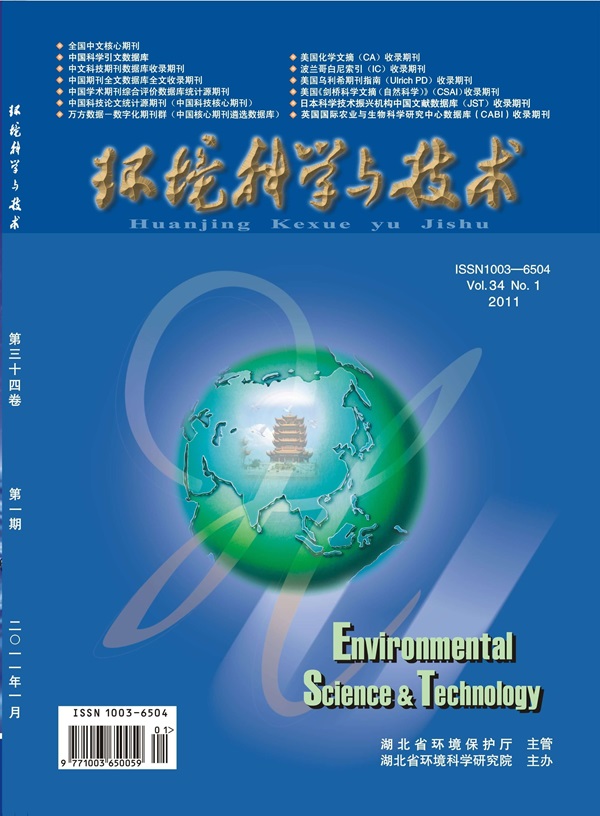Where Is All the Plastic? How Microplastic Partitions across Environmental Compartments within a Large Pelagic In-Lake Mesocosm
IF 10.8
1区 环境科学与生态学
Q1 ENGINEERING, ENVIRONMENTAL
引用次数: 0
Abstract
How microplastics transit within aquatic ecosystems and partition among environmental compartments is not fully understood. To increase understanding, we added microplastic fragments ranging in buoyancy (positive: polyethylene (PE), neutral: polystyrene (PS), negative: polyethylene terephthalate (PET)) and size (∼30 to 1400 μm) to surface waters of closed-bottom, in-lake mesocosms (10 m diameter, 2 m depth). To assess residence time, we measured microplastics in surface waters and the water column over a 9-week period. To measure fate, we measured microplastics in the surface water, water column, bottom detritus, and biota (biofilm on the walls, zooplankton, fish) at 9 weeks. The residence times of microplastics were longer at the surface than in the water column, with less dense and smaller particles having the longest residence times. After 9 weeks, nearly all microplastics were on the bottom, with only 3% on the surface, 0.4% in the water column, 2% in biofilm, and <0.01% in zooplankton and fish. The surface water and biofilm on the walls were larger reservoirs than the water column, suggesting that surface microlayers and biofilm on hard substrates are important, yet overlooked, reservoirs of microplastics in aquatic ecosystems. Results inform future hypotheses relevant to monitoring programs and risk assessments.

求助全文
约1分钟内获得全文
求助全文
来源期刊

环境科学与技术
环境科学-工程:环境
CiteScore
17.50
自引率
9.60%
发文量
12359
审稿时长
2.8 months
期刊介绍:
Environmental Science & Technology (ES&T) is a co-sponsored academic and technical magazine by the Hubei Provincial Environmental Protection Bureau and the Hubei Provincial Academy of Environmental Sciences.
Environmental Science & Technology (ES&T) holds the status of Chinese core journals, scientific papers source journals of China, Chinese Science Citation Database source journals, and Chinese Academic Journal Comprehensive Evaluation Database source journals. This publication focuses on the academic field of environmental protection, featuring articles related to environmental protection and technical advancements.
 求助内容:
求助内容: 应助结果提醒方式:
应助结果提醒方式:


